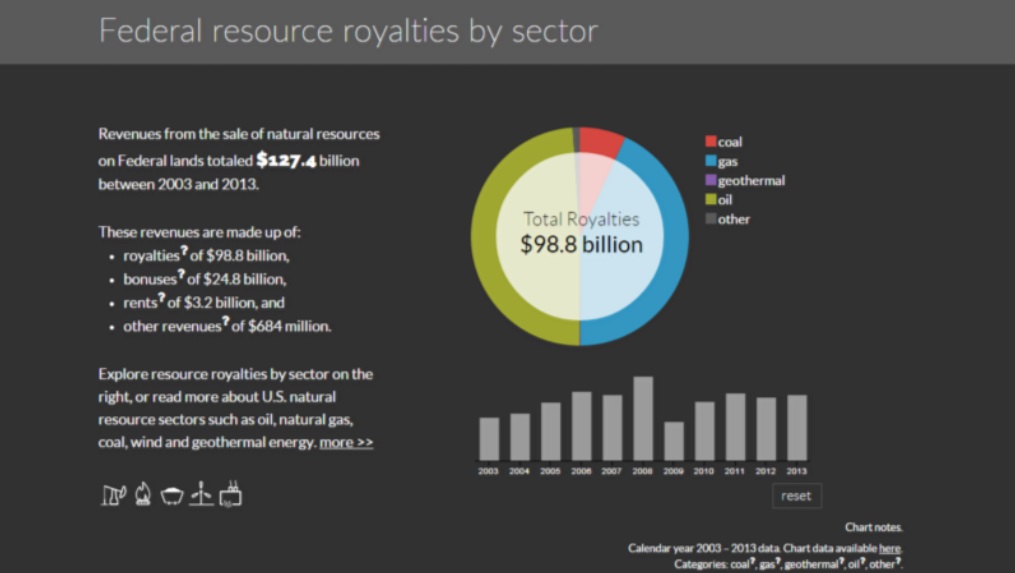Open Government Progress in the US – The Untold Story
Open government has been in the news lately — just in time for the 10th annual Sunshine Week, the nationwide week-long celebration of access to public information. Critics sometimes contrast President Obama’s soaring rhetoric with the realities of making government functionally transparent. In today’s digital, always-on age, we all expect a responsive, modern government — and we get frustrated when transparency doesn’t work the way we expect. All the more reason Congress should focus on government modernization, including supporting the new U.S. Digital Service to ensure we have a 21st century, user-focused digital government.
Despite a lack of resources, the yet untold story is that the federal government has been making progress on open government. On Freedom of Information Act implementation, while requests continue to grow, over 90 percent of requests result in full or partial release of records, the new General Services Administration tech unit called 18F is openly building a website to make it easier for general public to make a request, and the Department of Justice is working on spreading best practices to speed up FOIA processing. The Recovery Act had a very low amount of fraud precisely because of transparency and data analytics — shifting the political narrative to a debate about whether the stimulus worked or not. (It did.) The President’s budget is now released as structured data to make it easier to analyze, and last year the President signed the DATA Act to improve USASpending.gov and bring greater transparency to executive branch spending. And yesterday, the White House launched a new digital analytics dashboard to show how people access government online.
Opening up government data to spur innovation and economic growth is another important part of the open government agenda. In May 2013, the President signed an executive order making open and machine-readable the default for government information. Data.gov, the catalog for the federal government’s data, now has more than 100,000 datasets and third-party data visualization functionality.
As we’ve seen with weather data and GPS, opening up government data can yield a huge private sector return. We’re still just getting going: the Department of Health and Human Services is opening up data to show price and quality disparities in health care, and the Department of Commerce is opening more weather, patent, and trade data. McKinsey’s recent study estimates over $1 trillion of domestic economic value possible from the better use of open dataBy opening up data and making it sharable and reusable, governments can enable informed debate, better decision making, and the development of innovative new services. Technical specifications: Polici... in government and regulated sectors.
Open government is also an important part of U.S. foreign policy, yet it doesn’t make headlines. With seven heads of state and equal number of civil society groups, in 2011 the President launched the Open Government Partnership. Today, OGP has spread to 65 countries across all geographic boundaries in a collaborative partnership with several hundred civil society groups and the private sector — and the result is more than 2,000 national commitments on anti-corruption, transparency, and good government. The U.S. government has been quietly delivering on its international commitments in OGP — witness the Department of Interior’s new extractives website that shows natural resource revenues from U.S. Federal Lands — as part of the U.S. commitment to join the Extractive Industries Transparency Initiative, where countries, civil society and private sectorGovernments are working to open private sector practices as well — including through beneficial ownership transparency, open contracting, and regulating environmental standards. Technical specificat... More around the globe are collaboratively shining a light on oil, gas, mining and other extractives revenues to fight corruption and improve governance.
Finally, collaborating with the American people and harnessing their ingenuity is an important part of opening up government. This too is an untold story. From citizen science programs to incentive prizes to crowd-sourcing, the Administration is finding new ways for Americans to scrub in and be part of the solution. As U.S. CTO Megan Smith likes to say, we are the government that we want.
Image credit: useiti.doi.gov

